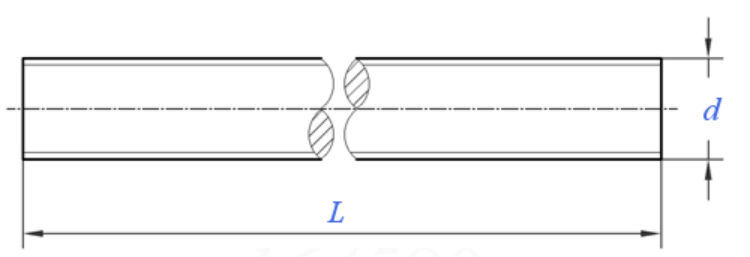din931 hex bolts
Νοέ . 15, 2024 19:13 Back to list
din931 hex bolts
Understanding DIN 931 Hex Bolts Specifications and Applications
DIN 931 hex bolts are essential components in various engineering and construction applications. The designation DIN stands for Deutsches Institut für Normung, which translates to the German Institute for Standardization. This organization establishes standards for a wide range of products, including fasteners like hex bolts. DIN 931 hex bolts are specifically designed for use in applications requiring high strength and reliability.
Specifications of DIN 931 Hex Bolts
DIN 931 hex bolts are characterized by their hexagonal heads and partially threaded shanks. The threads are typically designed according to the ISO metric thread standard, which ensures compatibility with various nut and threaded hole designs. The lengths and diameters of these bolts vary, making them suitable for different applications.
The material used in the manufacturing of DIN 931 hex bolts is usually steel, with finishes that enhance their corrosion resistance, such as galvanization or zinc plating. The bolts can also be made from stainless steel or other materials depending on the application's environmental conditions. The standard specifies various grades of strength, with Grade 8.8 being one of the most common, indicating the bolt's tensile strength and yield strength.
Applications of DIN 931 Hex Bolts
DIN 931 hex bolts are utilized in a wide range of industries, including construction, automotive, machinery, and furniture manufacturing. Their robust design makes them ideal for heavy-duty applications that require secure connections, such as in structural frameworks, machinery assemblies, and vehicle components. The partial threading allows for effective coupling with different materials, providing versatility in various fixing scenarios.
din931 hex bolts

In construction, these bolts are frequently used to secure beams, columns, and trusses, ensuring structural integrity. In automotive applications, they are vital for assembling engines, suspensions, and chassis components where strength is crucial for safety and performance. Furthermore, in machinery, they are employed to fasten parts that endure high vibration and dynamic loads.
Benefits of Using DIN 931 Hex Bolts
One of the primary advantages of using DIN 931 hex bolts is their universal compatibility, thanks to standardized dimensions and thread profiles. This interoperability allows engineers and technicians to source replacement parts more easily, facilitating maintenance and repair tasks. Additionally, the availability of different strength grades enables designers to select the appropriate fastener for specific load requirements.
Moreover, the ease of installation is another notable benefit. The hexagonal head design allows for the use of standard wrenches or sockets, enabling quick and efficient assembly. The substantial grip provided by the hex head contributes to better torque application during installation, reducing the risk of stripping the fasteners.
Conclusion
In conclusion, DIN 931 hex bolts play a crucial role in various applications where strength, reliability, and ease of installation are paramount. Understanding their specifications, benefits, and appropriate use can ultimately lead to more secure and durable constructions. Whether in the automotive sector, construction, or machinery assembly, these bolts continue to be an integral part of engineering and design processes. Their adherence to standardized dimensions ensures that they remain a reliable choice for professionals across multiple industries.
Latest news
-
Premium Wood Screws for Flooring - Reliable Wood Floor Screws Company & Suppliers
NewsJun.24,2025
-
High-Quality Cabinet Bolts – Reliable Factory, Trusted Company & Leading Suppliers
NewsJun.10,2025
-
Dragon Bolts UNF Wholesale – Top OSRS Dragon Bolts UNF Manufacturer & Exporter
NewsJun.10,2025
-
Premium Wind Lock Washers - Secure Anti-Vibration Solution
NewsJun.10,2025
-
Stainless Steel Socket Head Cap Screws High Strength & Corrosion-Resistant
NewsJun.10,2025
-
Shake Proof Washers Durable Anti-Vibration Locking Solutions
NewsJun.09,2025
